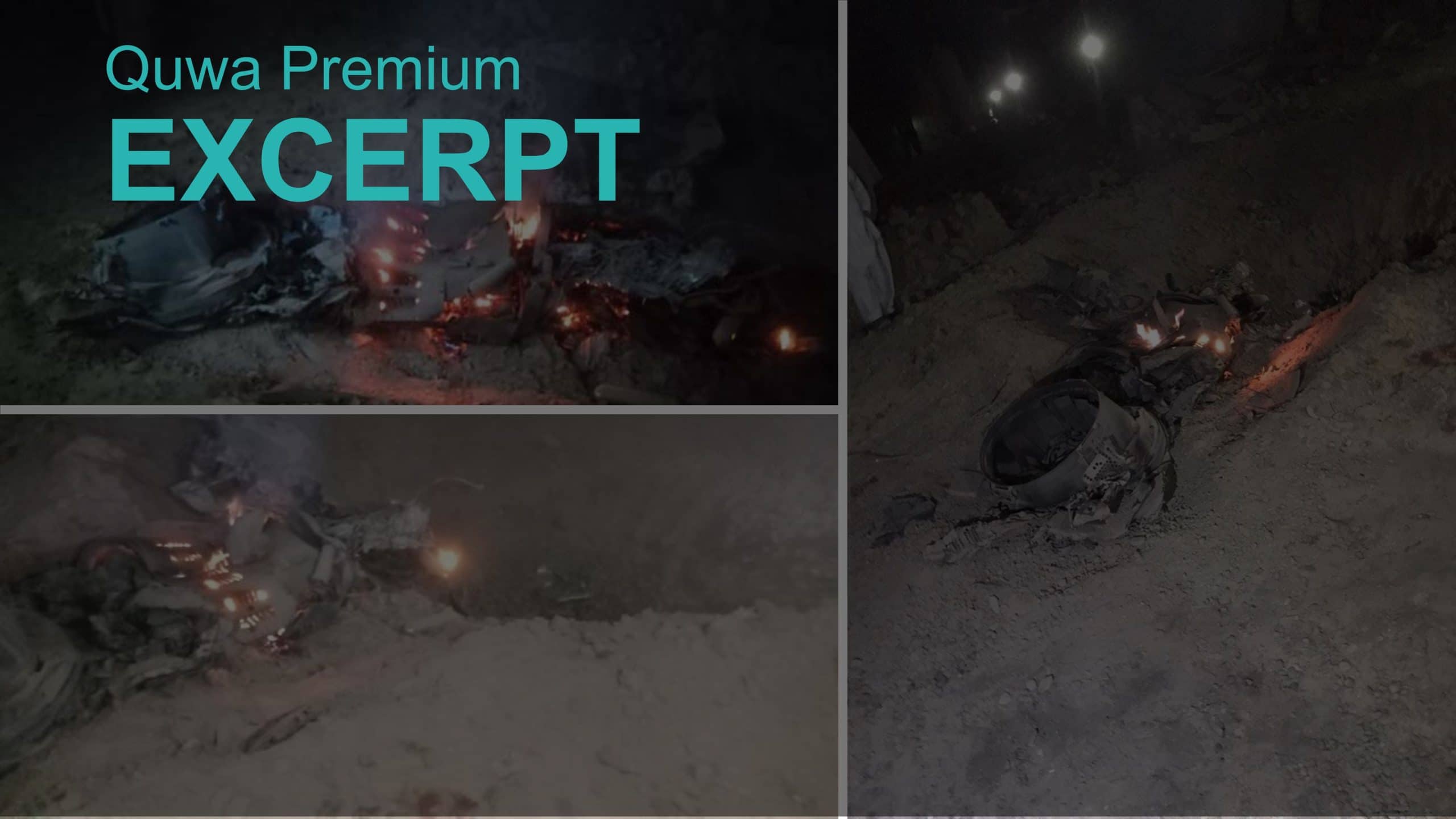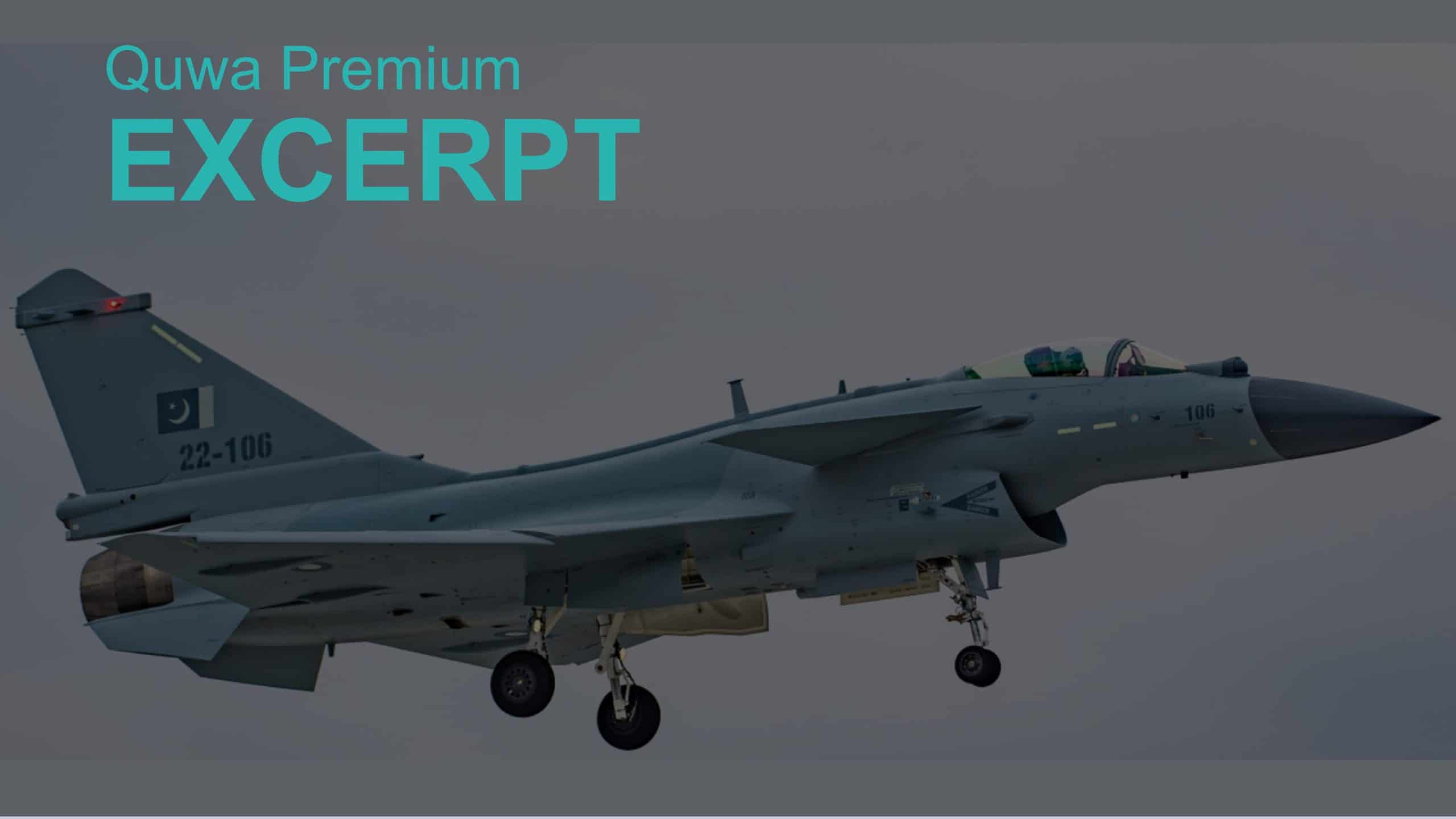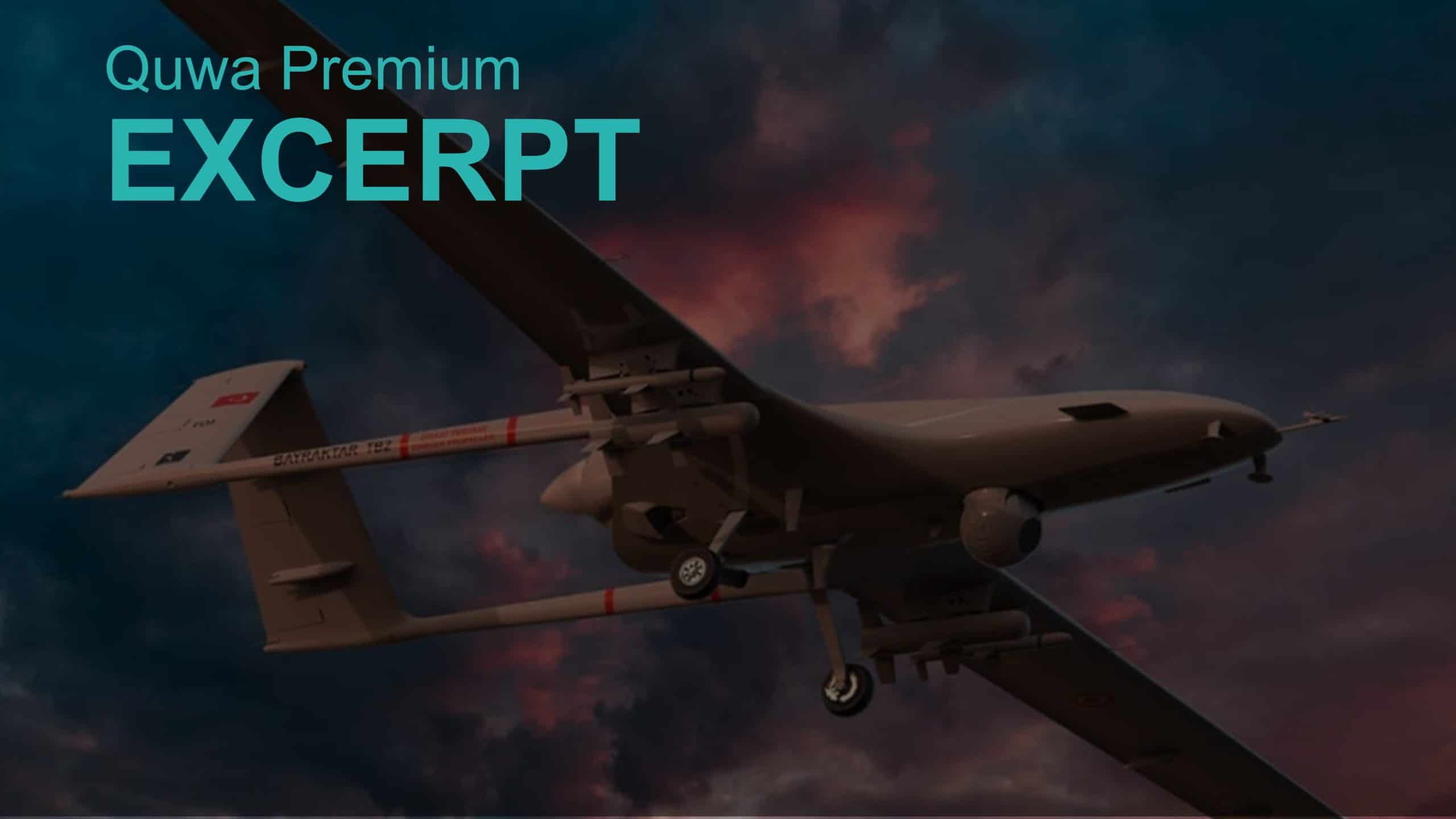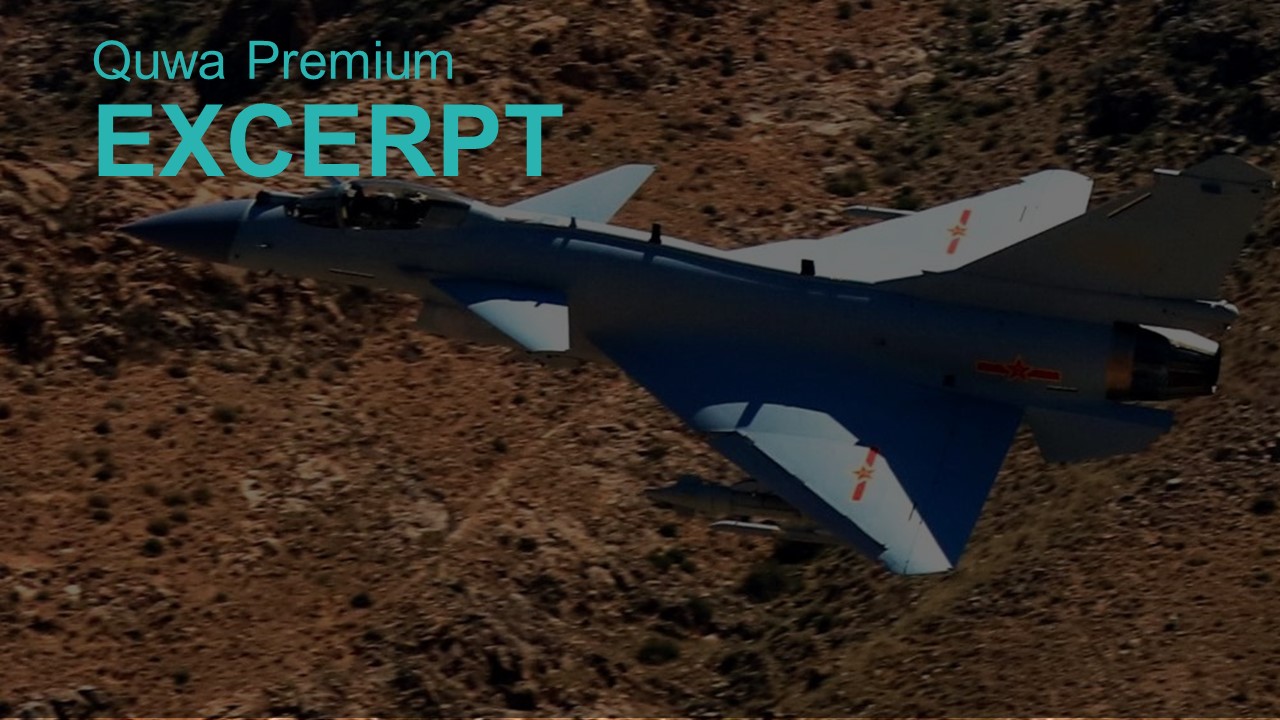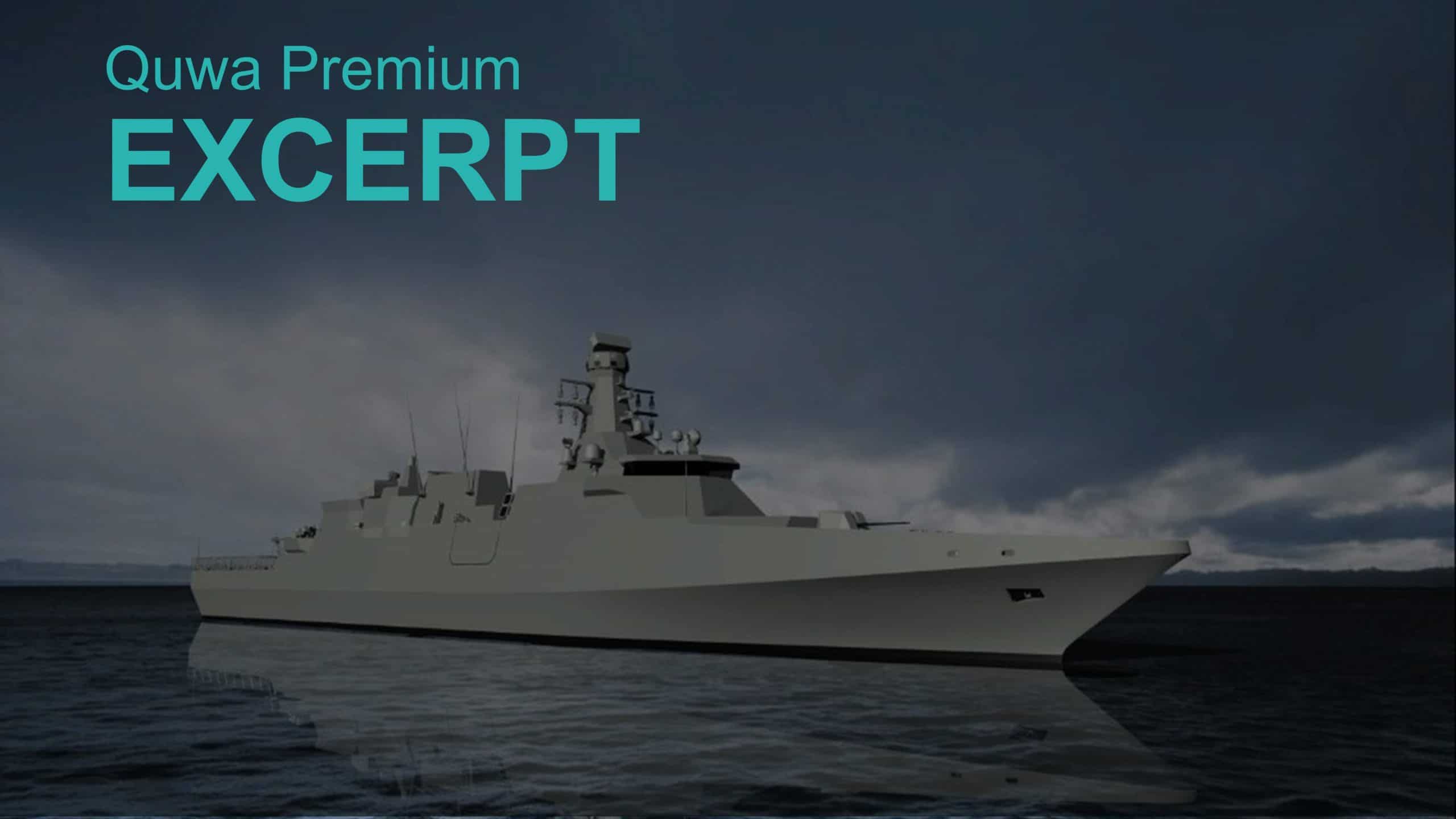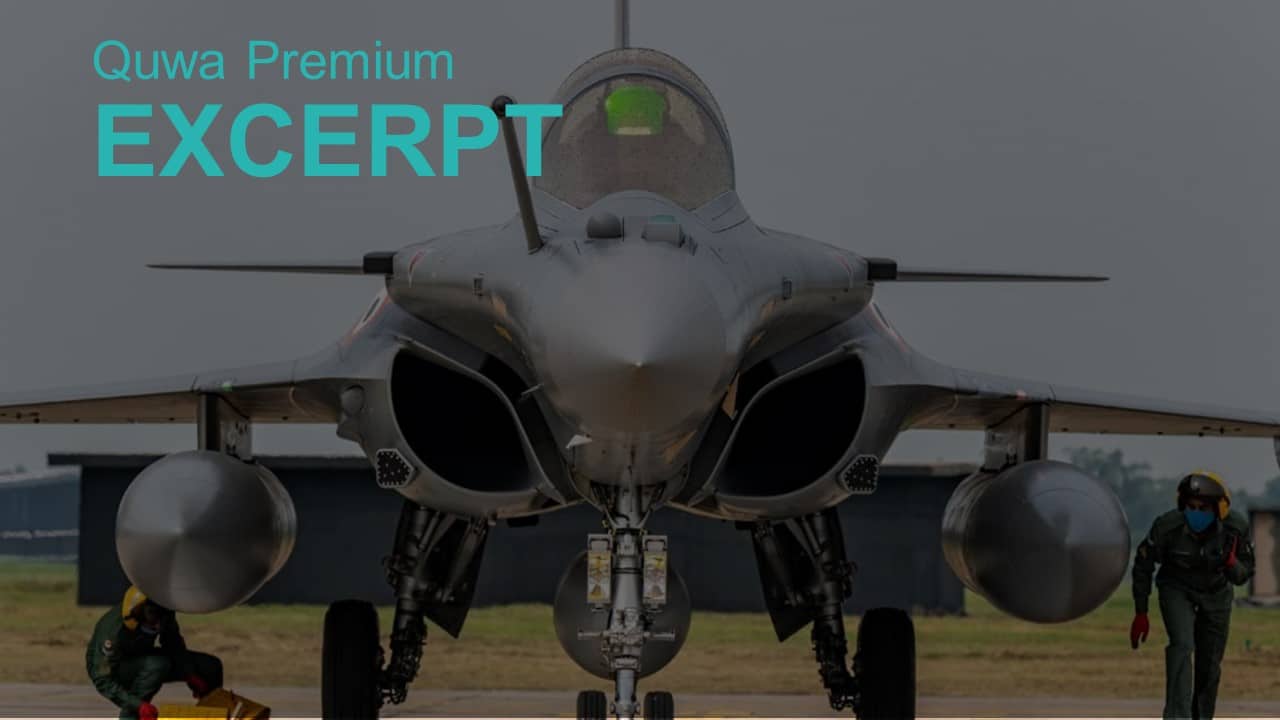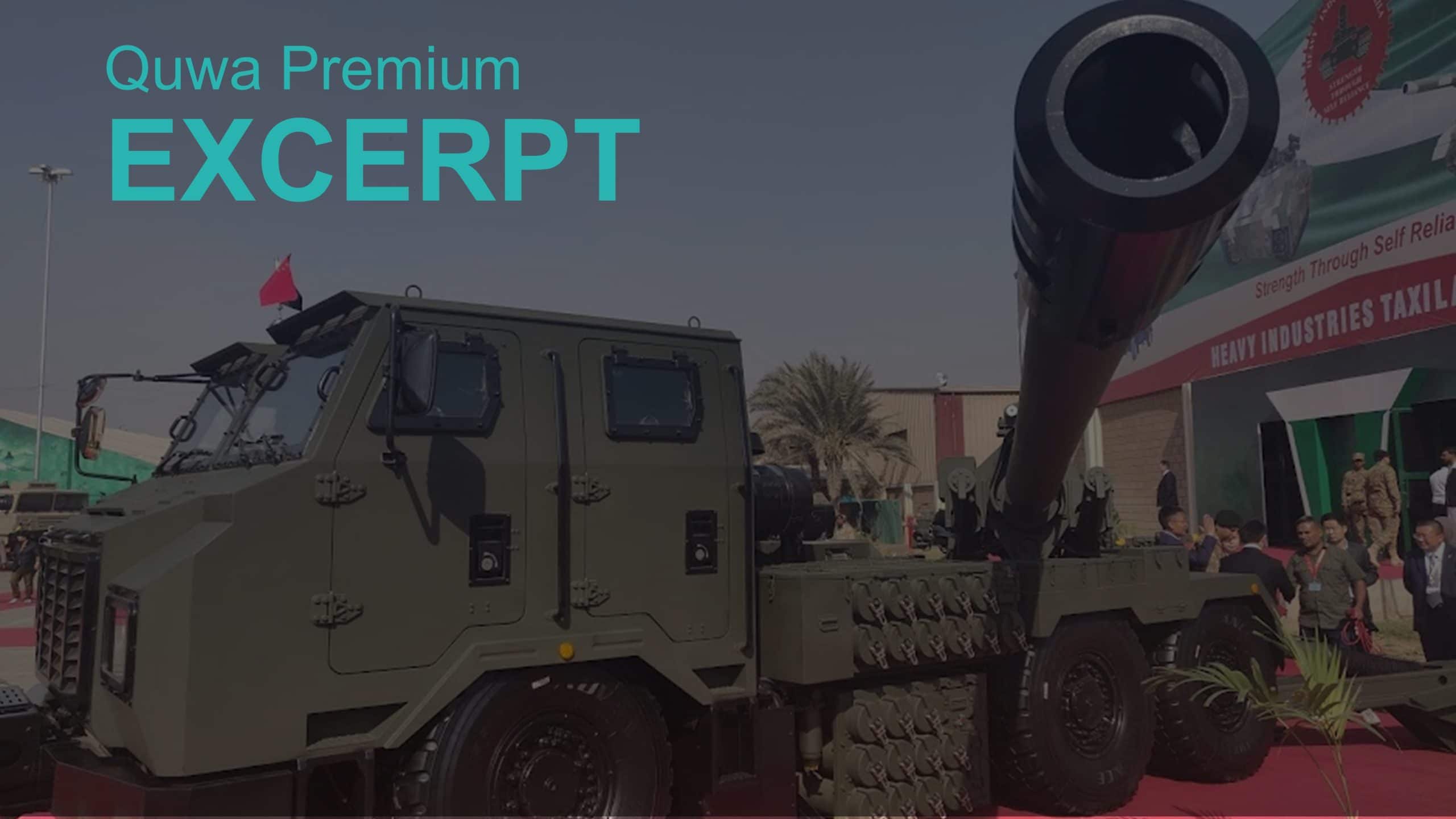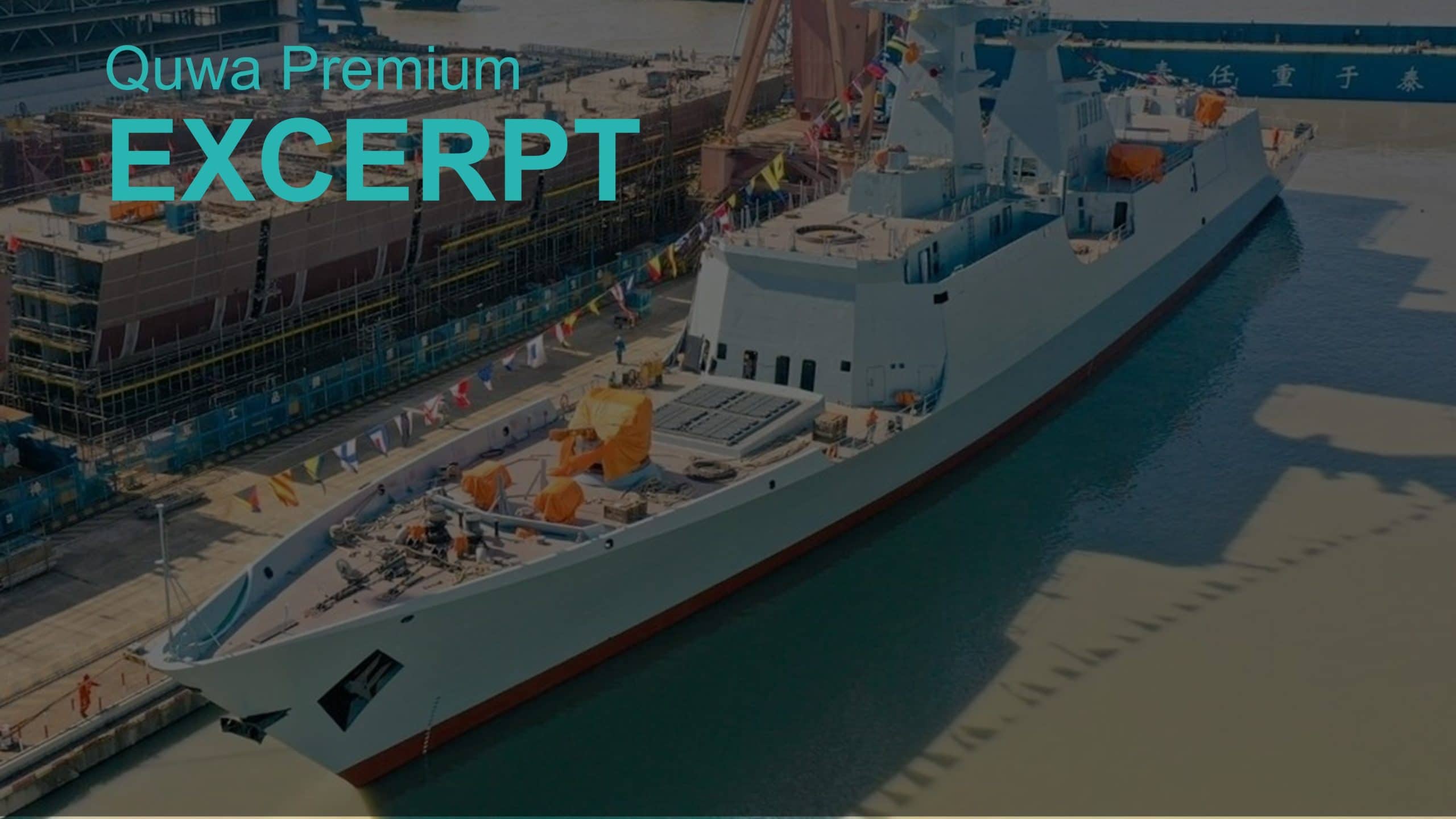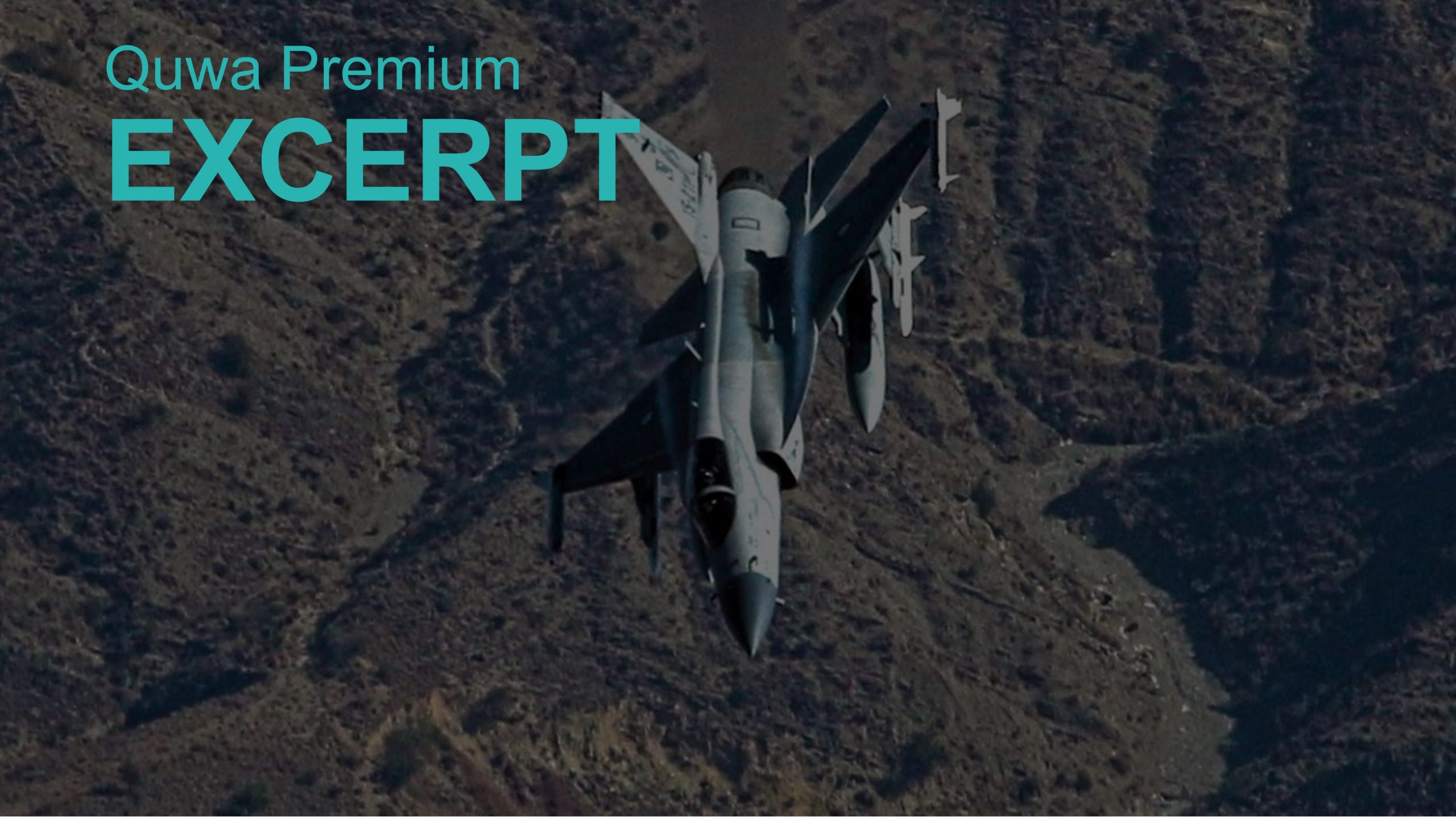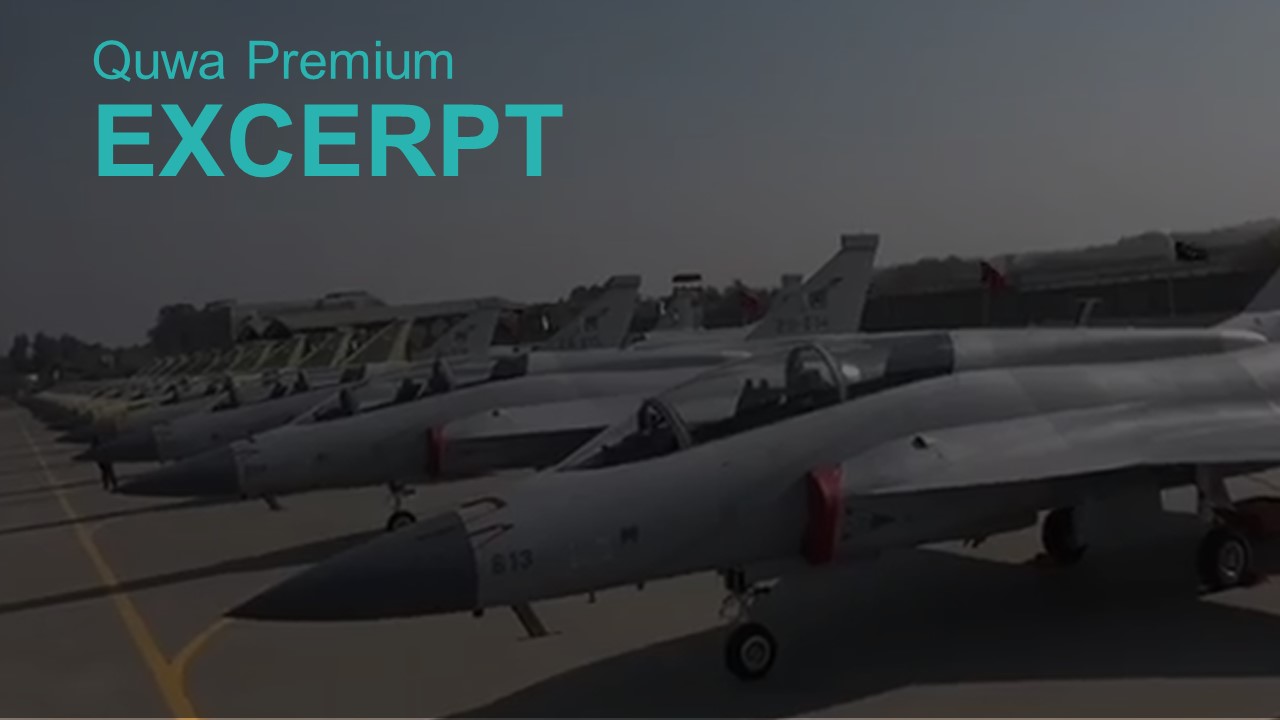On 09 March 2022, an Indian Air Force (IAF) BrahMos supersonic land-attack cruise missile (LACM) crashed in Mian Channu, an area located in Khanewal District in Pakistan’s Punjab province.
In a press conference, the Director General of Inter-Services Public Relations (DG ISPR), Major…
In a promotional video, the Pakistan Air Force (PAF) hinted that it was procuring the Wing Loong 2 as well as Bayraktar TB2 and Akıncı drones and HQ-9BE long-range air defence system.
The success of the Bayraktar TB2 is not only inviting the interest of established air forces. Rather, these drones could be a new entryway for smaller countries to build air power.
Photos emerged of the Pakistan Air Force’s (PAF) first J-10CEs. The Pakistan Navy (PN) confirmed that it inducted CH-4 UAVs and revealed other programs.
With the Jinnah-class frigate, the Pakistan Navy (PN) is trying to produce a capable, cost-effective mainstay surface warship to drive its future fleet.
Indonesia signed a $8.1 billion US deal for 42 Rafale fighters from France’s Dassault. The deal will include an offset element that will return back to the Indonesian economy.
The induction of the SH-15 self-propelled howitzer is another piece in Pakistan’s efforts to build its long-range, targeted strike capabilities from land.
The Pakistan Army takes delivery of Norinco SH-15 self-propelled howitzers. The Pakistan Navy inducts 10 ex-Qatari Sea King helicopters. Turkey’s Bayraktar Akıncı secures an export order.
Pakistan will be extending its air-to-air reach, expanding its strike capacity, and intensifying its electronic warfare capability through the 2020s.
Being the two-seat variant of the JF-17 Thunder, Pakistan’s workhorse multirole fighter aircraft, the JF-17B will play a critical role in training pilots.

